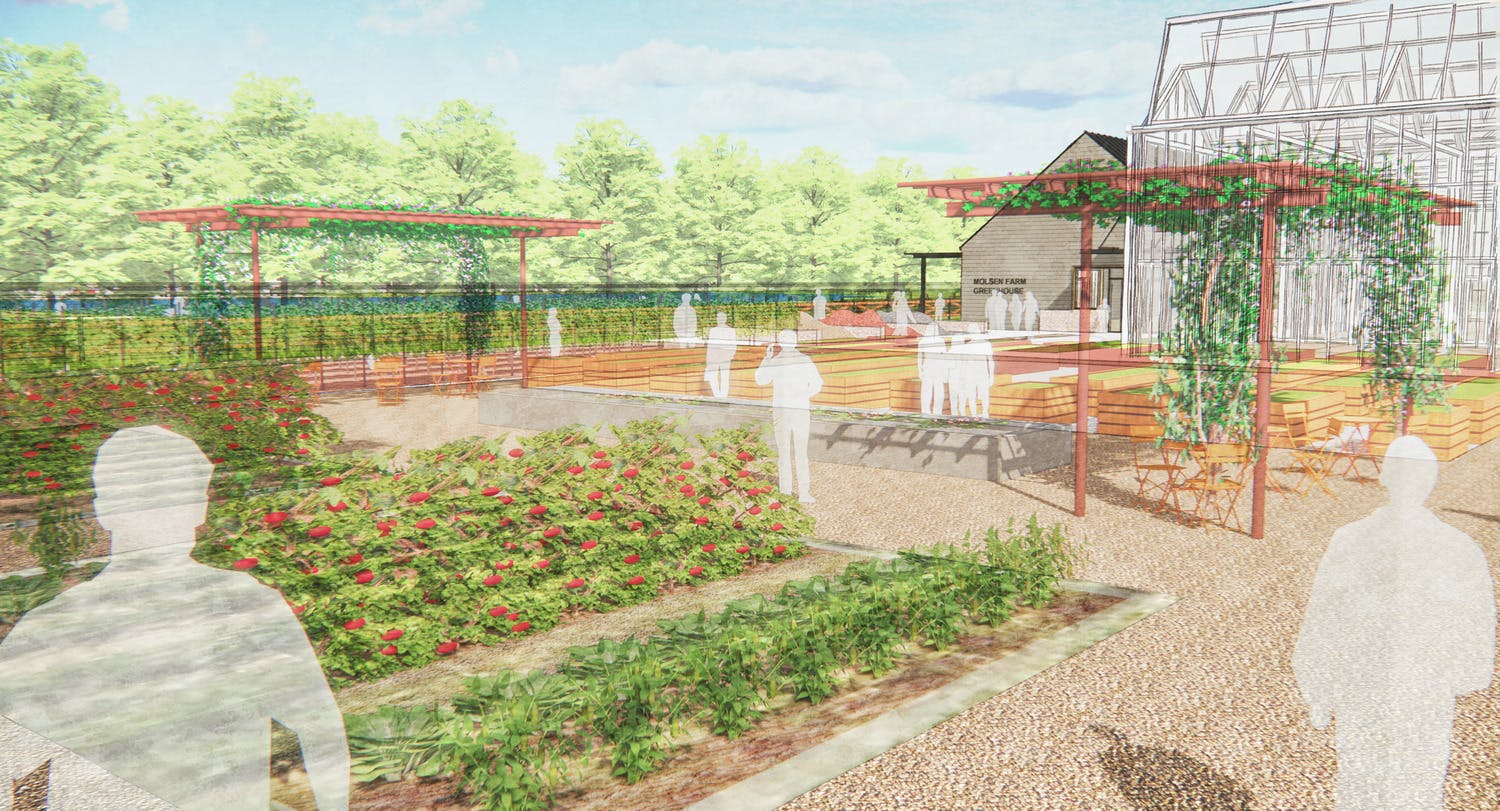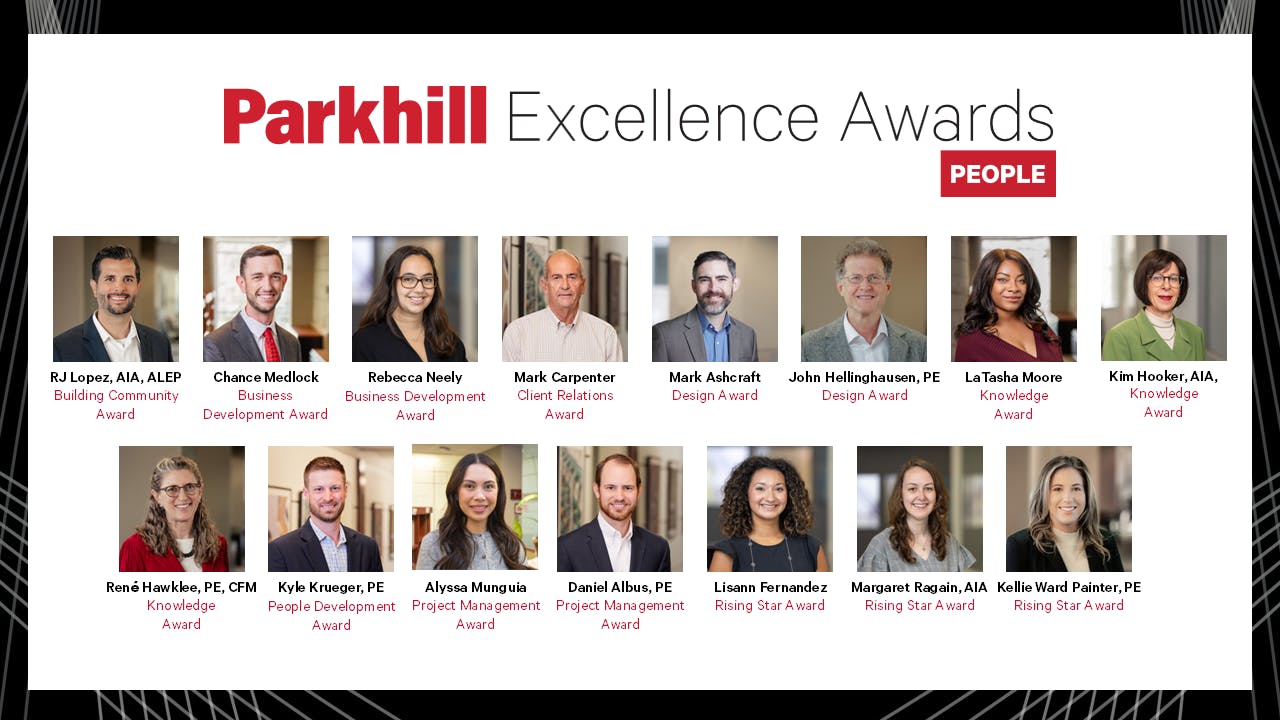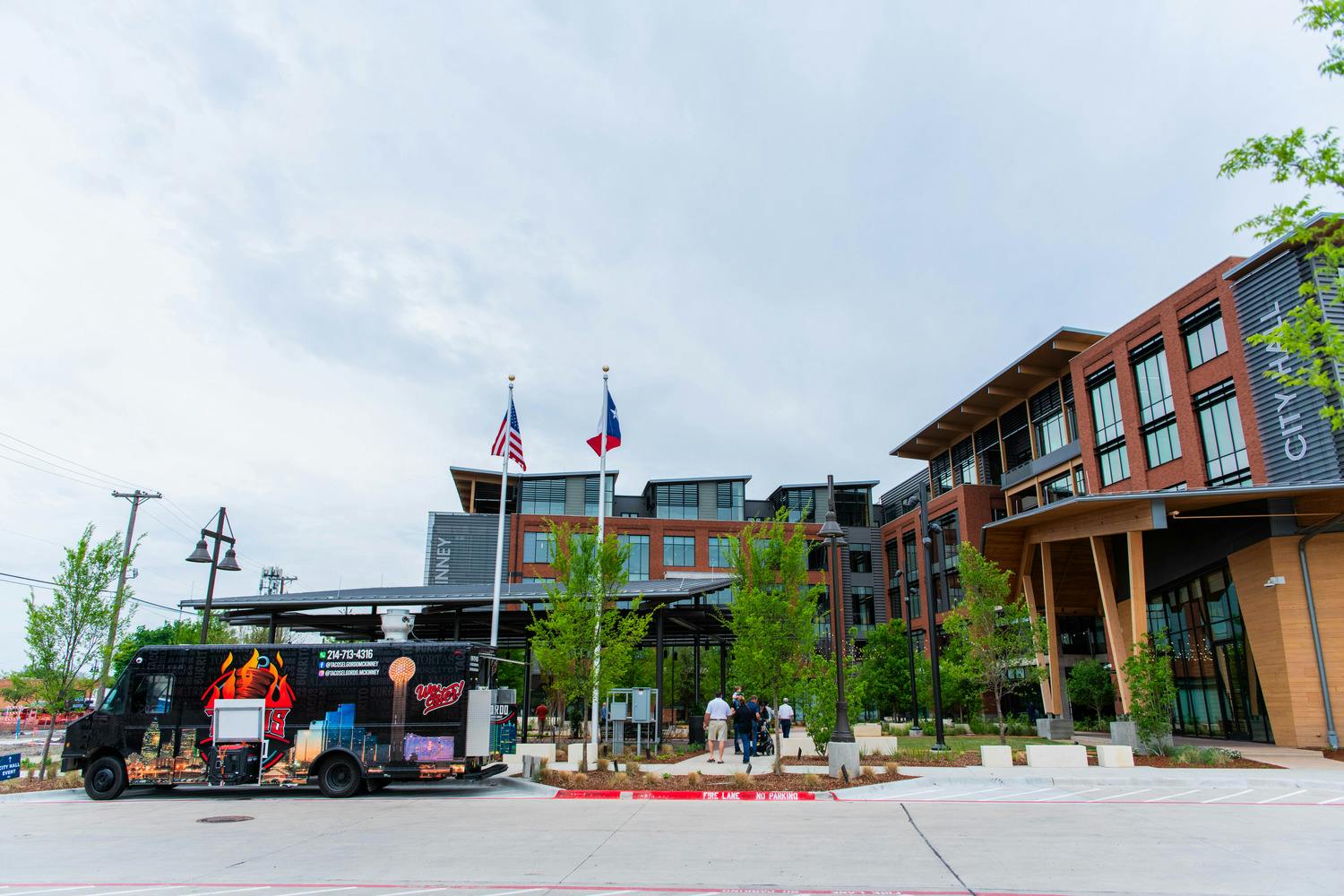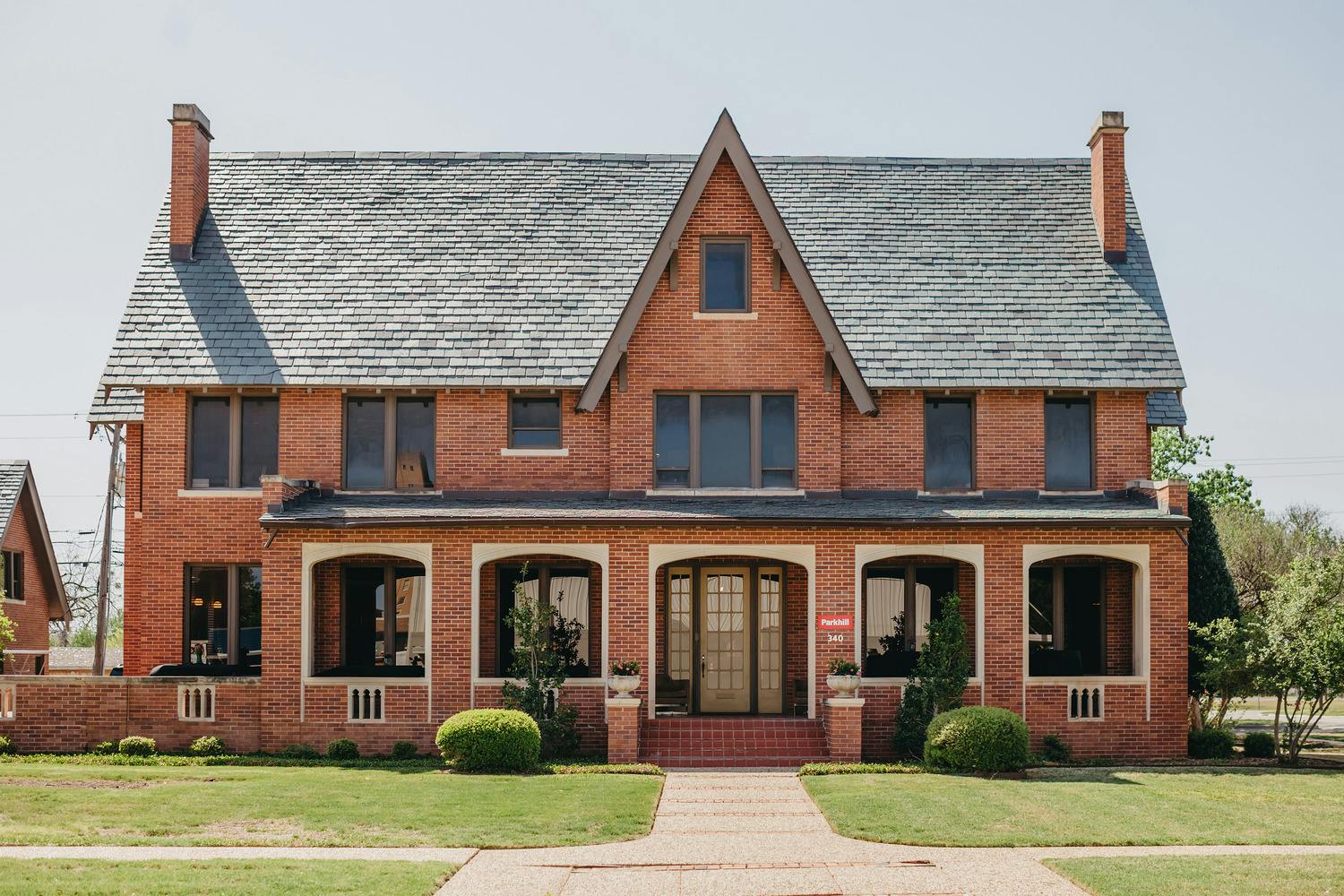Getting Back to Nature
Written By: Chris Libby
Date: May 18, 2023

Populations will continue to grow and, as a result, so will the demand for functional societies to make our lives easier, more comfortable, and more enjoyable. As the built environment has expanded over time, the natural world has decreased—at least our access to it. These actions have led to unintended consequences that pose threats to our environment, physical health, and emotional well-being.
The same problem-solving solutions that have been used to address our collective needs can also be applied for reintegrating nature back into our lives. These two ideas of thought do not have to be mutually exclusive and can coexist to our benefit. For example, creating city parks on overpasses to bridge gaps of accessibility within urban settings and more rooftop gardens in building-dense areas to add more green space and enhance sustainability. Implementing more walkability in our towns and cities may lead to more happiness and less cognitive decline, especially in our older populations.
Creative Problem-Solving
Planners are constantly looking for new and inventive ways to improve our quality of life through the built environment. “Landscape architecture is the living tissue of a city,” said Blane Potts, ASLA, a design professional in the Landscape Architect sector at Parkhill. “We're providing a social stage for people of all abilities to live, commute, and be a voice in their community.”
He says that creative and inventive thinking in the industry is taking areas of neglect and turning those spaces into opportunities for growth. "We can't always drop a prairie in the middle of downtown, but we can do things that integrate nature elements into cities. That is essentially the big problem that we're trying to solve.”
For example, old, abandoned rail lines that have divided communities are being converted into thriving linear parks, such as The 606 in Chicago and the High Line in New York City. These industrial leftovers are now serving as recreational destinations that welcome people back outdoors to connect with themselves and other people.
“Linear design always encourages movement, but it also encourages connections because you're walking by other people more likely to strike the conversation or see someone you may know,” Blane said.
Rediscovering Our Roots
Throughout his career, Blane has worked on various projects that help add nature and green space back into our everyday lives. One recent project is the master plan of the Molsen Farm in Allen, Texas, which recently received recognition at the Texas Chapter of the American Society of Landscape Architects Conference.
This particular stretch of open land would have been designated for residential or commercial purposes and all remaining natural features would have been lost or modified. The City of Allen teamed up with The Trust for Public Land, an organization dedicated to connecting people with the outdoor world, to purchase nearly 80 acres of the land to convert it into a public heritage farm park.
Parkhill collaborated with all stakeholders involved to develop a master plan that preserves and utilizes the natural resources of the space to focus on education, recreation, and wellness, including a native Pecan tree grove and a riparian forest area. Also included in the plans are outdoor rooms and daytime camping areas where residents can learn more about the native landscape as well as a community garden and a farmers’ market.
“The idea for Molsen Farm is going back to the beginning of creating the community,” Blane said. “It's going to be a backyard, if you will, for all groups in the community to gather with a focus on health and wellness.”
Public schools and the community-at-large will be able to use the farm to show how our past, present, and future intertwine with the natural world.
It Takes a Village
Community green spaces, such as Molsen Farms, foster social cohesion and connection; provide access to exercise and fresh air; and give us serenity when we need it; which can all benefit our psychological well-being. According to the American Journal of Health Promotion, this can be a cost-effective way to increase physical activity and health among dense populations.
But design can only do so much. To fully take advantage of the benefits, the community needs to buy in. “When communities take spaces and make them their own in terms of incorporating activities that engage in health and wellness, such as art, music, and programmed events, then the space becomes unique to each community,” says Blane.
Read More About Design and Mental Health in "Healthy Body, Healthy Mind, and Healthcare Design"


